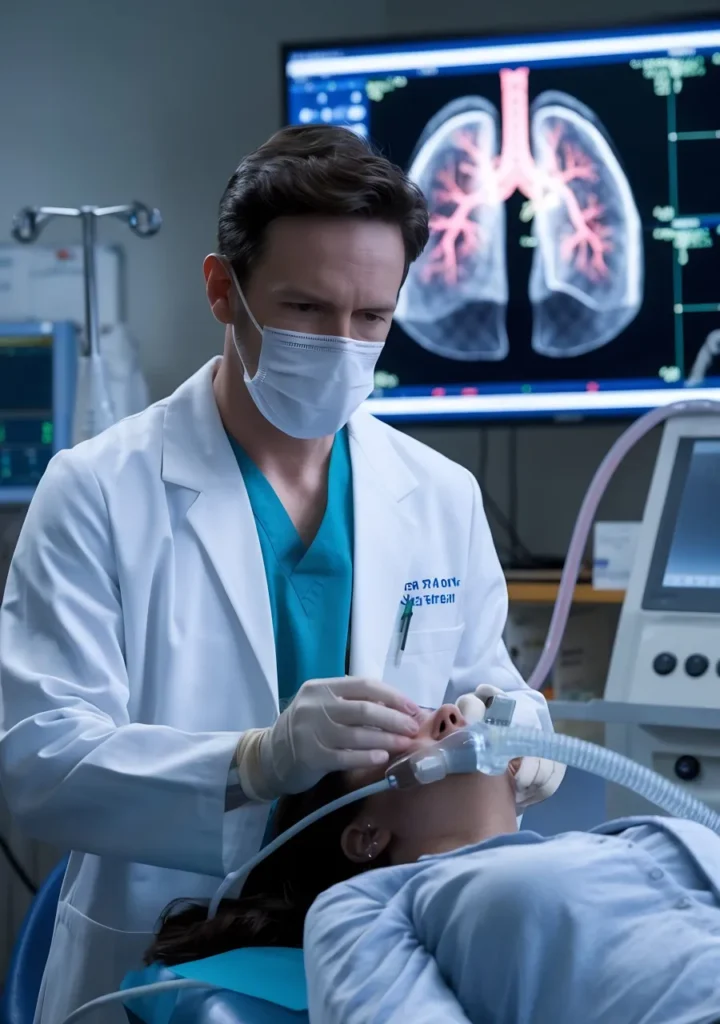
A Multiple Sleep Latency Test (MSLT) is a specialized sleep study used to assess daytime sleepiness and diagnose sleep disorders such as narcolepsy and idiopathic hypersomnia. It measures how quickly you fall asleep in a quiet environment during the day and how quickly you enter REM (rapid eye movement) sleep.
The MSLT is typically conducted after an overnight sleep study (Polysomnogram/PSG) to ensure that nighttime sleep quality does not affect the results. This test is essential for identifying excessive daytime sleepiness and distinguishing between different sleep disorders.
A Multiple Sleep Latency Test helps doctors:
✅ Determine the cause of excessive daytime sleepiness (EDS).
✅ Diagnose narcolepsy by checking for rapid sleep onset and abnormal REM patterns.
✅ Identify idiopathic hypersomnia, a condition where a person experiences chronic sleepiness without clear cause.
✅ Differentiate between sleep disorders that may affect daytime alertness.
✅ Guide appropriate treatment plans, including lifestyle changes, medications, or further testing.
MSLT is a non-invasive and effective test that provides critical insights into sleep-wake patterns, helping improve quality of life for those struggling with persistent sleepiness.
Further Questions?
If you have any questions regarding the Multiple Sleep Latency Test (MSLT), please contact the Sleep Study Department at 281-713-8676.
During an MSLT, you will take five scheduled naps throughout the day, each spaced two hours apart. Sensors placed on your scalp, face, and chest will monitor how quickly you fall asleep and how soon you enter REM sleep. Each nap lasts up to 20 minutes, or until you fall asleep and complete a sleep cycle.
Get a full night’s sleep before the test (usually confirmed by an overnight sleep study).
Avoid caffeine and alcohol for at least 24 hours before the test.
Do not take stimulants or sedatives unless directed by your doctor.
Bring comfortable clothes and anything that helps you relax, like a book or headphones.
MSLT is primarily used to diagnose:
Narcolepsy (characterized by sudden sleep attacks and REM abnormalities).
Idiopathic Hypersomnia (excessive sleepiness without clear cause).
Other sleep disorders affecting daytime alertness.
Yes! Between each scheduled nap, you will be asked to stay awake and engage in normal quiet activities. You can read, watch TV, or listen to music but should avoid napping outside the test sessions.
Your sleep specialist will analyze the data and check how quickly you fell asleep and entered REM sleep during the naps. Your doctor will then discuss the results and recommend treatment options if a sleep disorder is diagnosed.
Copyright © 2025 PCCSS. All Rights Reserved.